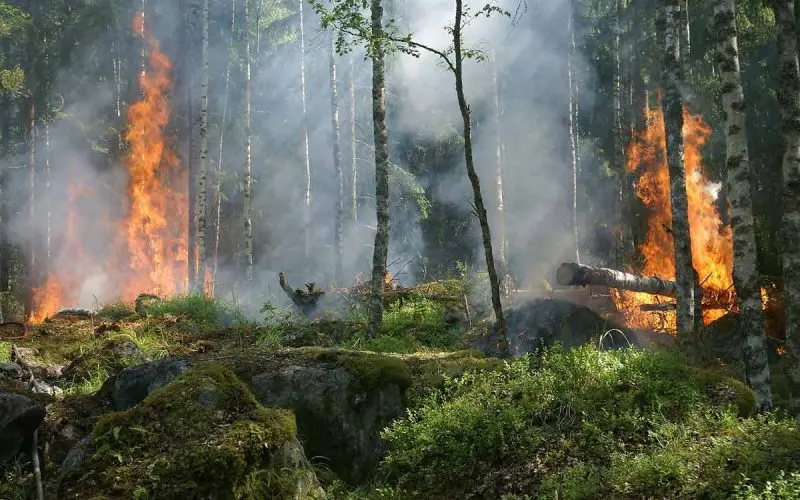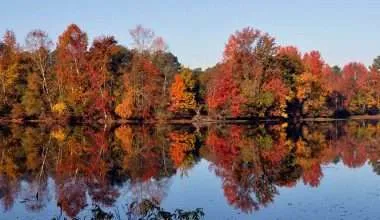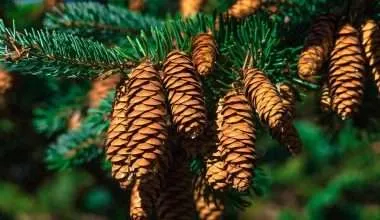Table of Contents Show
What is a Wildfire?
A wildfire is an uncontrolled fire in an area where there is combustible vegetation. Wildfires usually occur in rural areas and forests (away from cities). These fires are also referred to as a ‘wildland fire’ or ‘rural fire’.
Depending on types of plants present; wildfire can also be classified into brush fire, bushfire, desert fire, hill fire, peat fire, vegetation fire, veld fire and forest fire. Most organizations consider wildfires to be an unplanned or unexpected event.
However, wildland fire is a broad term that includes prescribed fire (voluntary) as well as wildland fire use (controlled fires – WFU).
Did you know? History suggests wildfires started as early as 420 Million years ago when vegetation first grew on the planet’s land.
These wildland fires result in catastrophic damage to property and human life.
Natural wildfires are usually the opposite and may have beneficial effects on vegetation, animals, and ecosystems that have developed over the years with help from natural fires.
Major Types of Wildfires in the Forest
When it comes to fires, they can be characterized in terms of how they started (ignition), their physical properties, combustible materials and the effect of weather on that fire as well.
However, There are 3 major types of forest fires:
1. Crown fires
Crown fires are also known as canopy fires or aerial fires, and for all the right reasons. Crown fires burn suspended organic material along the length of the trees to the top (canopy-level).
This basically means the fire ignites or burns mainly above the ground. The suspended material usually includes tall trees, vines and mosses on the trunk and branches.
In crown fires, trees burn up the entire length to the top! These are said to be more intense and dangerous wildland fires.
Crown fires ignition depends on the following factors:
- Density of the suspended organic matter
- Canopy height
- Canopy continuity; how connected the canopy is or Forest Density
- Number of surface and ladder fires
- Moisture content in organic matter (low moisture; slow fire)
- Weather conditions during the blaze (dry weather favors forest fires)
2. Surface fires
Surface fires are also known as crawling fires. Surface fires burn on the ground where it uses the vegetation on the forest floor as fuel. Such vegetation includes fallen leaves and branches, grass, low-lying shrubs and duff or ground litter.
Surface fires burn at lower temperatures than crown fires (below 400°C) and burn slow. Factors like steep slopes or wind can definitely accelerate the fire.
These fires are easiest to put out and cause least damage to the forest.
3. Ground fires
Ground fires are mainly sub-terrestrial (below surface-level). This means that ground fires occur in collections of humus, peat, and similar dead vegetation on the forest floor that become dry enough to initiate burning.
These fires move very slowly but they can be a nuisance to put out or suppress completely.
Occasionally, such fires can continue to burn underground throughout winters and then emerge at the surface again in spring. This phenomenon usually occurs during prolonged drought seasons.
What Causes Forest Fires?
Overall, most common causes of forest fires around the world differ according to location.
Here is a list of locations with their most common causes of fires. (Then we’ll discuss each of those causes ahead as well)
- In United States and Australia, the most common causes of forest fires are considered as lightning and human activities (Agriculture machinery sparks, thrown cigarette butts and/or Arson).
- In Africa, Central and South America, México, Fiji, New Zealand, and Southeast Asia; humans are mainly responsible for forest fires through actions like factory farming, farming and land-conversion burning (agricultural to commercial).
- In China and the Lands around Mediterranean Sea, ferocious forest fires are due to human carelessness (like igniting fires in backyard and forgetting to put them out).
- Natural causes are much more prevalent in Canada and Northwest China, with lightning being the most common cause of igniting forest fires there.
- Coal Seam Fires are natural fires burning underground in areas like New South Wales, Centralia in Pennsylvania and the Burning Mountain in Australia. These fires are in high-risk areas where they can flare up spontaneously and ignite flammable materials like coal around.
Man-made/Human Causes of Wildfires
As you may have realized from the list of causes above, Humans are largely responsible for forest fires around the world. Most of these wildfires are caused by cigarette butts thrown on the ground, campfires not put out or due to voluntary arson.
As much as 90% of Forest wildfires in United States are caused by people! – USDA
1. Burning Trash/Debris
Burning waste in the backyard is quite common among people living in the suburbs, especially near to forests where there aren’t many garbage collection services.
Even though it’s legal to do so, carelessly burning waste with open fires can quickly get out of hand.
Wind plays an important role in igniting and spreading forest fires. Strong winds can spread flames of burning debris into forests, farms or fields.
2. Campfires
Now who doesn’t love a good camping trip?
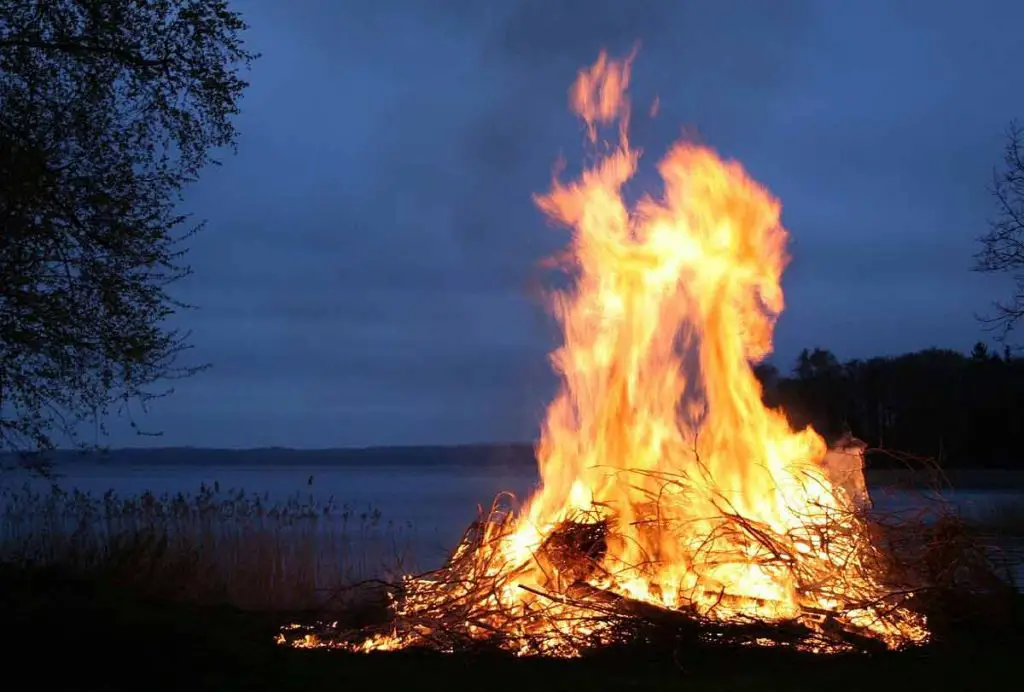
Camping is fun for both young and old age people. Unattended campfires can quickly go out of control and result in blazing wildfires.
It’s recommended to choose a safe location for carrying out campfires. Find a location that is away from ignitable objects and make sure you’re stocked with a shovel or water bucket.
3. Equipment Failure or Engine Sparks
A running engine can spew hot sparks that can quickly ignite materials around. Car accidents have been known to start fires rapidly. Usually firefighters rush to the scene in anticipation of a fire.
Small-engine cars can produce high flames in the vehicle if operating in a field or forest. Electric vehicles have been known to start blazing fires. This is exactly what happened in Richard Hammond’s car crash in June 2017.
4. Fireworks
Fireworks are fun to shoot on special occasions. Fireworks shouldn’t be used since it may lead to the initiation of a wildfire. If not handled properly there may be flames in unwanted territory.
5. Cigarettes
Throwing out lit cigarettes can also result in wildfires. People commonly throw cigarette buds on the ground unknowingly.
Awareness should be raised among smokers and they must understand that small negligence on their part can cause a huge impact (destruction) on the environment and surrounding areas.
Dumping of trash illegally is wrong on its own. However, if you’re forced to do so, the least you could do is put out the cigarettes before you throw them onto the roadside.
6. Arson
Arson is the act of maliciously setting fire to property (mainly buildings), vehicles, forests or any other intentional damage that may be caused. Any person involved in committing arson (igniting fires) is said to be an arsonist.
Due to the risk fires have on humans and property, arson is considered to be a crime. A study in 2008 found that 85% of forest fires in Australia were due to human activity (mostly arson).
Natural Causes of Forest Fires
Natural events caused by nature are responsible for the remainder of 10% of wildfires in the United States. Even though it may seem less, this amounts to thousands of acres burned to the ground.
P.S: This number is much higher in other parts of the world like Canada and Northwest China.
Rainforest Fires are due to 2 major natural reasons:
1. Volcanic Eruption
Eruptions from burning lava can ignite fields as far as 1 kilometer!
Read More: Volcanoes; Types, Importance, Pros and Cons
2. Lightning
Lightning can cause wildfires, especially a particular type of lightening called “hot lightning”. Forest fires as a result of hot lightning last relatively longer.
When it strikes the ground, it can produce a spark that can set off fire in a forest or a field.
3. Dry Climates
Dry Climates or Arid Regions are areas where there is extremely low amount of water.
Water levels are so low that plants and animals struggle to survive in such conditions. Dry Climates specifically favor wildfires because of lack of moisture.
4. Extremely Hot Weather
In some cases, extremely hot weather has been regarded as a cause for wildfire.
The most recent and deadliest fire (Australian Bushfire) which is still going on, has record-breaking high temperatures in Australia as one of its causes.
5. Wind
Wind is definitely not what ignites forest fires, but it’s surely one of the major factors when it comes to small fires turning into wildfires.
Strong winds push the fire towards a direction and that makes them spread much more than they naturally have the ability to.
Effects of Rainforest Fires
1. Soil and Organic matter
Forest soils are enriched with organic debris and nutrients and composed of many natural features that serve to support various life forms and organic processes.
Wildfires increase temperature of soils to more than 900ᵒC which can strip almost all the organic value of the soil, stealing its ability to grow any plants again.
2. Economic cost
Wildfire can immediately damage infrastructure, wildlife, and vegetation. With temperatures as high as 1000°C, fires can potentially wipe out anything which comes in its way.
Furthermore, the city will have to spend millions of dollars into fire-retardant chemicals, aircraft, and trucks, as well as time and personnel. This can lead to huge economic setbacks.
In 2015 alone, 2 Billion dollars was spent on federal firefighting suppression in the United States.
3. Effects on Watershed
Effects of wildfire on watersheds should not be overlooked. Burned organic matter in an enriched soil can affect the natural layering of the soils.
This will negatively affect percolation and infiltration, making the soil surfaces repellent (impervious) to water.
Therefore, water then drains over the land rather than getting absorbed into the soil. This will definitely cause surface run-offs, leading to soil erosion.
4. Health Effects of Wildfires
Inhalation of wildfire smoke leads to various toxic health effects on humans. This is because of the following toxic air pollutants released by wildfires:
- Greenhouse gasses
- Methane (CH4)
- Carbon Dioxide (CO2)
- Nitrous Oxide (N2O)
- Photochemical Compounds
- Carbon Monoxide (CO)
- Non-Methane Volatile Organic Carbon (NMVOC)
- All kinds of Nitrous Oxides (NOX)
- Fine and Coarse Particulate Matter (PM)
These chemicals definitely take its toll on air quality and people breathing in that air may suffer from any number of conditions.
- asthma,
- bronchitis,
- chest pain,
- chronic obstructive pulmonary disease (COPD)
- Many long-term respiratory conditions.
Smoke Exposure results in increased hospitalization into respiratory and cardiovascular wards. Other than that, some may develop asthma or previously asthmatic patients may develop exacerbation of their symptoms.
This will definitely raise the frequency of visits to the hospital or more importantly, the emergency room. There will also be increase in consumption of pharmaceuticals which have their own line of effects on the environment.
5. Wildfire Effects on Animals
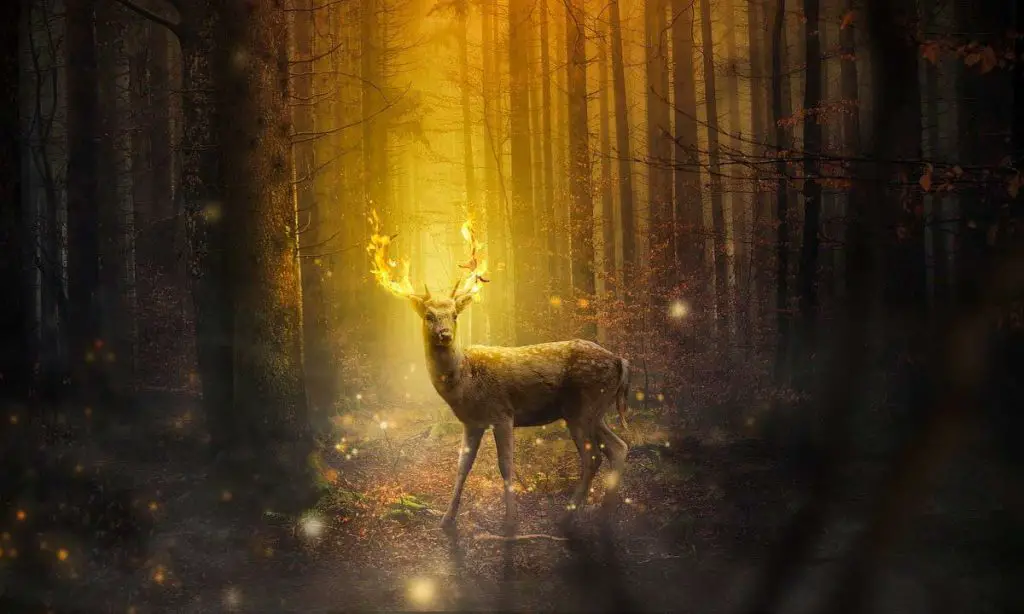
Forest fires burn through hundreds of thousands of acres before they are put out. This results in loss of habitat and destruction for millions of animals! Most of those will become endangered.
Animals already endangered would be at a much higher risk of extinction as well! Australian bushfires have recently resulted in north of 1 Million animal deaths.
Here are 13 other reasons for Endangerment of Species and 20 Ways to Save Endangered Species.
Solutions – Only you can Prevent Forest Fires
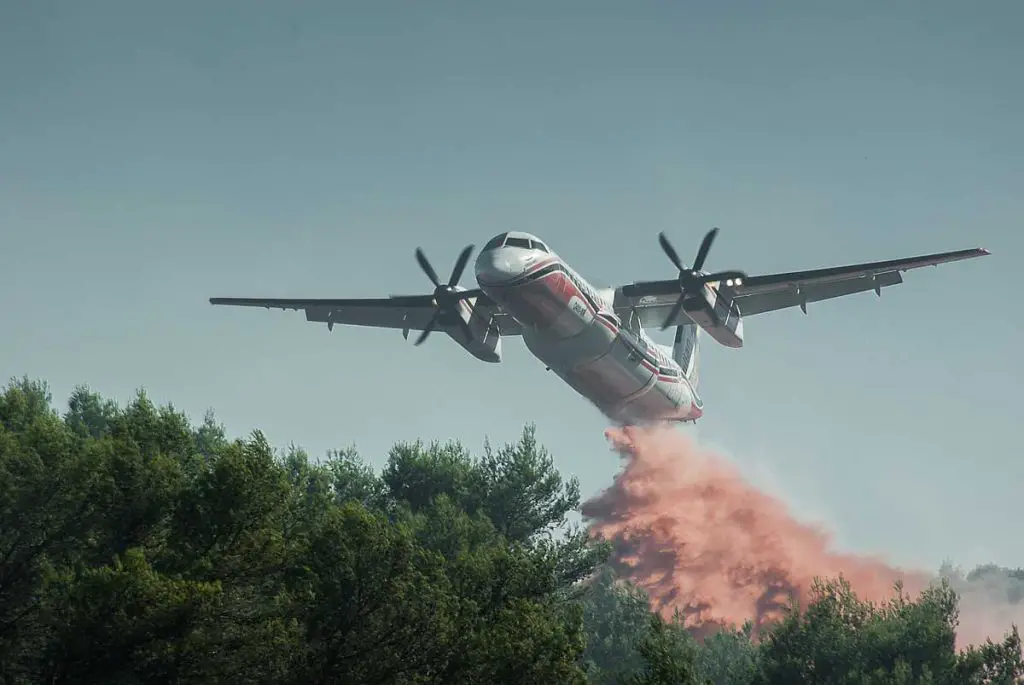
Before we start discussing solutions of Forest fires, Remember, only you can prevent forest fires! Since humans account for 90% of Wildfire causes in most parts of the world, only they can work to prevent forest fires.
1. Follow Guidelines set for your area
You must make sure to follow all the local regulations and laws when it comes to lighting up fires, especially when igniting outdoors.
These laws apply to specific dry-weather times of the year, so you should be on the lookout for those as well.
Particular knowledge of which materials and substances are allowed to be burned is also necessary.
2. Light fires in controlled locations
When you choose to light fire, you must make sure you are doing so in areas that can be controlled and fires don’t spread into other places.
This makes easy containment of fire and prevents its spread.
3. Stop burning Combustible materials
Reduce garbage in campfire places or any other materials that should not be burned. Use organic materials such as woods, leaves, or yard waste.
If you put unnecessary and unusual materials into your fire, it will worsen it and make the fire spread at a much more rapid rate causing more damage to the area you’re present in.
More importantly, burning everything willy nilly releases all kinds of chemicals into the air. These chemicals when breathed into lungs with air, could result in all forms of cancers.
4. Educate children
Many wildfires are caused by inattentive children near fires. Teach your children about the importance of forests and forest products.
A great way would be to show them this article of how wildfires can cause devastating effects on these forests.
They must be educated about the rules and safety precautions during camping and should be told to stay away from fires.
If a child does show keen interest towards fire, parents should consult a psychologist for the child to address those mental impulses.
